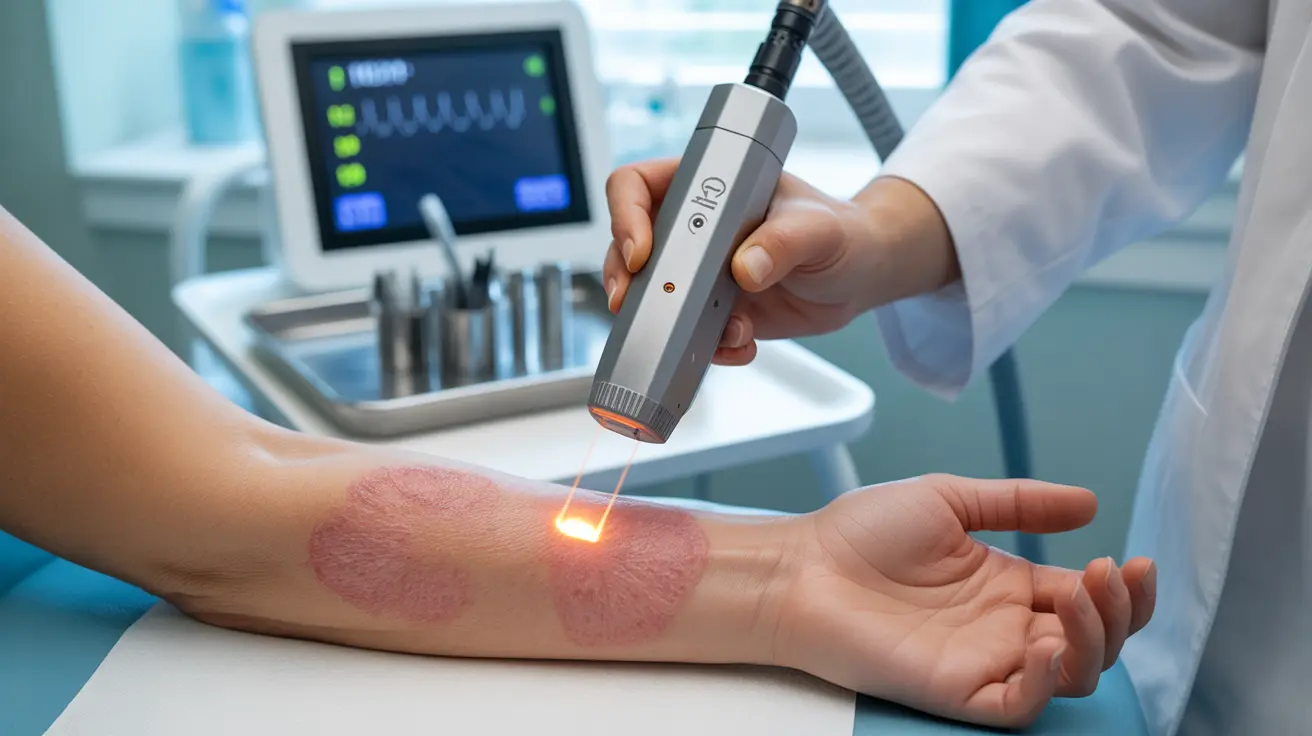For individuals struggling with persistent eczema symptoms, laser treatment represents an innovative therapeutic approach that offers hope for managing this chronic skin condition. This advanced medical intervention has shown promising results in reducing inflammation, itching, and other distressing symptoms associated with eczema, particularly in cases where traditional treatments have proven insufficient.
Understanding how laser therapy works and whether it might be right for your eczema management plan is crucial for making informed healthcare decisions. Let's explore the essential aspects of this treatment option, from its mechanisms to expected outcomes.
How Laser Treatment Works for Eczema
Laser therapy employs focused light energy to target specific layers of the skin affected by eczema. This specialized treatment works through multiple mechanisms to address both the symptoms and underlying factors of eczema flares:
- Reduces inflammation by targeting inflammatory cells
- Modulates immune system response in affected skin areas
- Promotes healing of damaged skin tissue
- Helps normalize skin barrier function
- Decreases bacterial colonization on the skin surface
Types of Laser Treatments Available
Several laser technologies are currently used in eczema treatment, each with specific applications and benefits:
- Excimer laser (308nm wavelength)
- Fractional laser therapy
- Pulsed dye laser
- Low-level light therapy (LLLT)
Effectiveness and Treatment Course
The success of laser treatment for eczema typically depends on several factors, including the severity of the condition, the type of laser used, and individual patient response. Most patients require multiple sessions to achieve optimal results, with improvements often becoming visible after 3-6 treatments.
Expected Timeline and Results
While some patients may notice immediate improvement in symptoms, sustainable results typically develop over the following schedule:
- Initial relief: 1-2 days after treatment
- Visible improvement: 2-4 weeks
- Optimal results: 3-6 months of consistent treatment
- Maintenance: Periodic sessions as needed
Candidate Selection and Treatment Planning
Not everyone with eczema is an ideal candidate for laser treatment. The best candidates typically include:
- Patients with moderate to severe eczema
- Those who haven't responded well to traditional treatments
- Individuals without certain contraindications
- People willing to commit to the full treatment course
Pre-Treatment Considerations
Before beginning laser therapy, patients should:
- Undergo a thorough medical evaluation
- Discuss current medications with their healthcare provider
- Have realistic expectations about outcomes
- Understand the commitment required for multiple sessions
Safety and Recovery
While laser treatment for eczema is generally safe when performed by qualified professionals, understanding proper aftercare is essential for optimal results and minimal complications.
Post-Treatment Care
Following laser therapy, patients should:
- Protect treated areas from sun exposure
- Keep the skin moisturized as directed
- Avoid harsh skincare products
- Report any unusual reactions to their healthcare provider
Frequently Asked Questions
How does laser treatment work to reduce eczema symptoms like itching and redness? Laser treatment works by delivering focused light energy to affected skin areas, reducing inflammation, modulating immune response, and promoting healing. This helps decrease itching and redness while improving skin barrier function.
What are the potential side effects and risks of laser therapy for eczema? Common side effects include temporary redness, mild swelling, and skin sensitivity. More serious but rare risks may include blistering, changes in skin pigmentation, and scarring. These risks are minimized when treatment is performed by qualified professionals.
Who is a good candidate for laser treatment for eczema, and when is it recommended? Laser treatment is typically recommended for patients with moderate to severe eczema who haven't responded well to conventional treatments. Ideal candidates should have realistic expectations and be willing to commit to multiple treatment sessions.
How many laser sessions are typically needed to see improvement in eczema symptoms? Most patients require 3-6 sessions for optimal results, though this can vary based on individual cases. Sessions are usually spaced 2-4 weeks apart, with maintenance treatments scheduled as needed.
What precautions should I take before and after laser treatment for eczema to reduce risks and promote healing? Before treatment, avoid sun exposure and certain skincare products as directed by your provider. After treatment, protect treated areas from the sun, keep skin moisturized, avoid harsh products, and follow all post-care instructions provided by your healthcare team.




